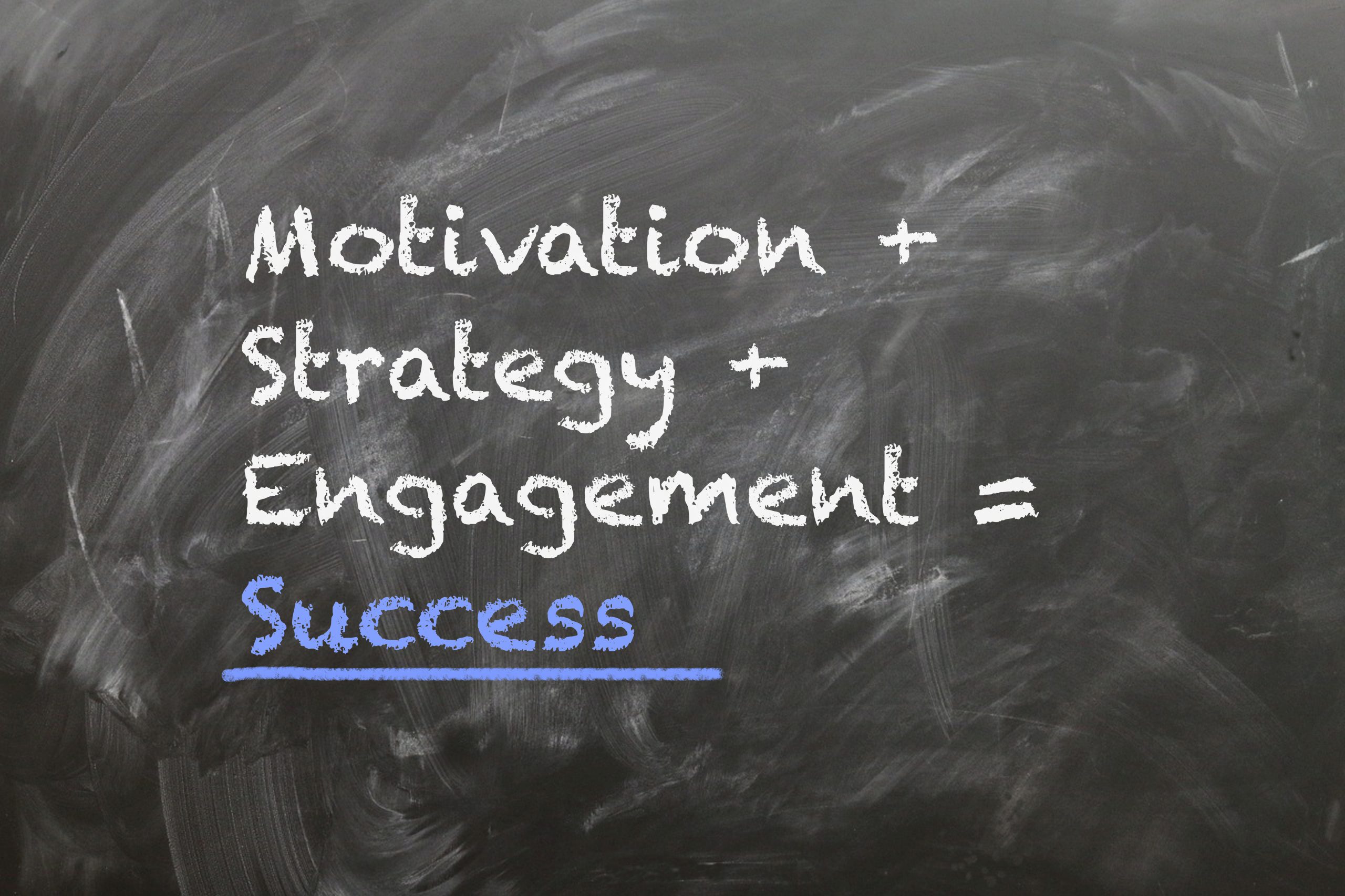Reports show more than half of the US workforce are not engaged at work. There is an app for that! Yes really there is however I am not confident that it will be effective in solving the employee engagement problem. Although I love technology and how it has revolutionized the Human Resources industry, there is a purpose for it and in this case, I don’t think it fits the bill.
Technology enables us to service multiple employees at once, in communications, training and processing routine transactions. It helps track metrics such as production, overtime and turnover rates. It also allows us to conveniently store all the many documents and actions performed in the department for the required amount of time. But to suggest it can solve the employee engagement problem? I am not convinced.
There are three factors which have affected employee engagement over the past couple of years. That is lack of trust, communication and mobility. Several corporate scandals and the economic downturn has bruised employees’ trust for their employers causing them to re-evaluate their relationships with work. To survive in our capitalist society, one must work. However, work is not synonymous with engagement. Feeling abandoned and alone since the recession began, the focus is now more on personal advancement versus corporate initiatives. The scale has tipped because input no longer matches output.
There was once a clear path to advancement. Get an education, find a white-collared job offering a decent salary, work hard, move up the career ladder, and retire with a nice nest egg. Even if you bypassed the first step of a good education, there was a path for you as well. Secure a blue-collared job with a handsome wage, work hard, stay committed for 30 years and retire with a nice pension. This model is obsolete. Wages are low, pensions are diminishing, retirement savings have been lost, formal education is overrated as well as overpriced (in most cases), job loss is a reality and upward mobility is almost non-existent. With that said, why should employees be engaged? Engagement advances the employer’s agenda, but does very little to propel employees up the ladder.
So how can we balance the equation and increase engagement levels? Give your employees a reason to care. The average employee will never fully commit to your sales and service goals if it does not translate to a real benefit for them. Your job is to make them a fair offer and honour your end of the bargain. The magic is in ownership. You have tap into ownership and creativity. To do that you must trust them to do the work you have hired them to do and then follow-up with frequent dialogue.
Ownership also comes by promoting an entrepreneurial mind-set in the workplace. HR professionals and recruiters should first seek to hire candidates who show certain characteristics. Build it into your interview process then make it part of your performance evaluation. Traits to look for are artsy, analytical, resilience, and confidence. It won’t hurt if they’re risk takers. Have a real conversation with your pre-hires and current employees. Inquire about what they really want to become or do. Find out how they enjoy spending their time and what they value? Build your culture, processes, benefit plans and pay structures around this as much as possible.
Leaders should share their vision of the big picture and dialogue with employees about goals and objectives. Once the foundation is laid, allow a degree of freedom and accountability to get the job done. Encourage creativity. It can lead to new product, services and have a positive impact on employee engagement. Upward mobility may still be a problem due to flat structures however, new experiences and lateral moves can compensate for this. Expect some employees to leave in the effort to climb the career ladder. Don’t try to hold them back. Encouraging them to move on makes way for fresh talent and keeps your payroll budget in check.
Try this then use technology to measure your turnover, promotion, sales and customer satisfaction metrics. If you are not interested or unable to in make these changes in the near future, the best you can do is to employ and retain those who fit your current mold. But beware. While engagement maybe less of a concern, growth or lack there-of could be your next big issue.

















